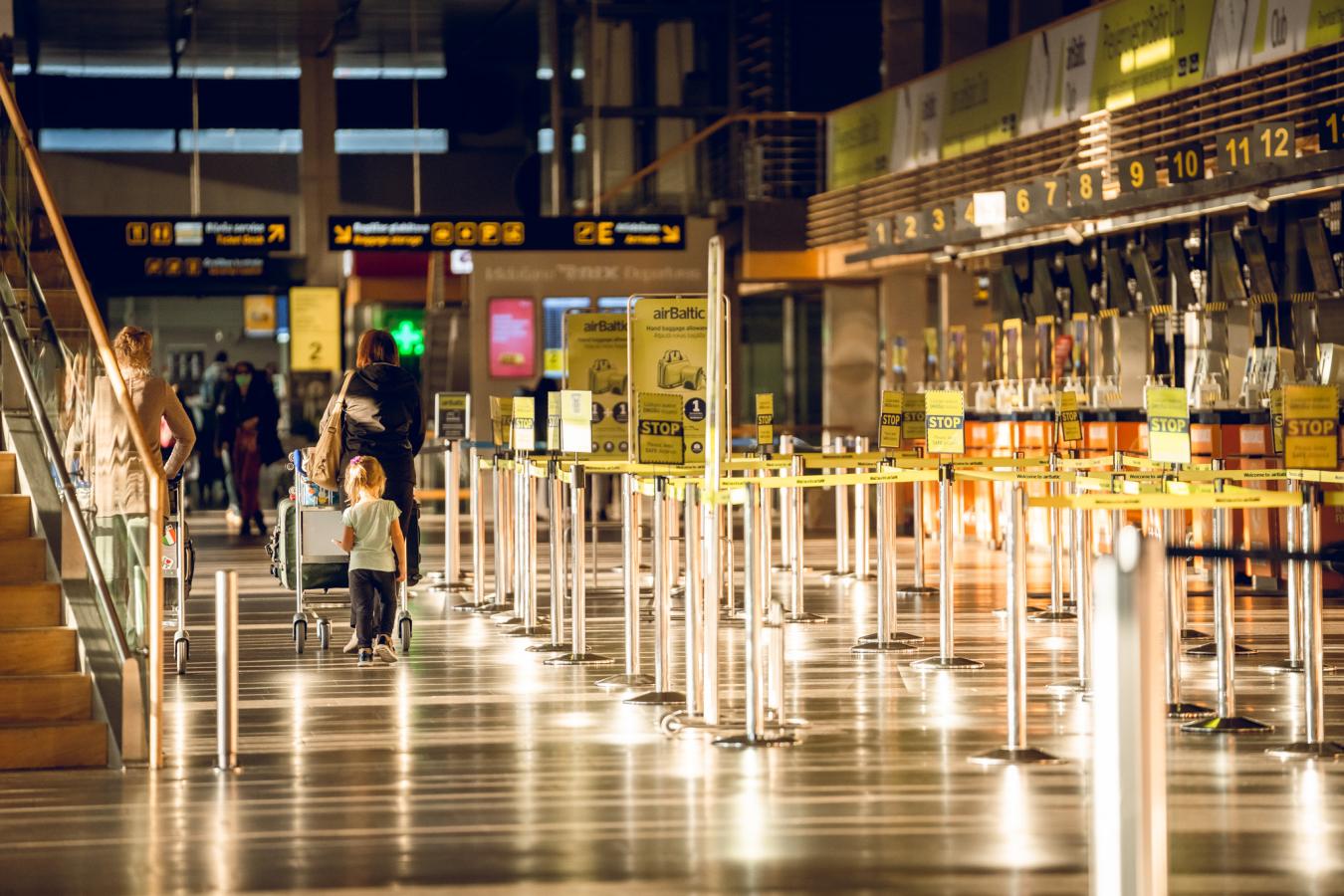
During the summer season of 2022 starting on 27 March, along with transition to summertime, Riga Airport will offer connections to more than 100 direct regular and charter destinations.
As of 31 March, a new airline – the Dutch low-cost airline Transavia Airlines C.V. – will launch its operations at Riga Airport. The airline will operate three flights a week on the Riga – Amsterdam route, thus ensuring even better connections between the Baltic States and one of the busiest transit airports in Europe.
Airlines will also offer new routes to passengers in the summer season. The national airline airBaltic will launch flights from Riga to Batumi in Georgia in May, while the Irish low-cost airline Ryanair will add two new destinations to its range of destinations: Riga – Växjö (Sweden) from 28 March and Riga – Newcastle (United Kingdom) from 1 April.
After a break of more than two years, airBaltic will resume flights to Malta at the end of April, while the Spanish city of Girona will return to the Ryanair flight schedule.
The planned total number of flights is steadily increasing as the spring approaches, and especially from next week, which will be the first full week of the summer season. Around 940 flights are planned at Riga Airport next week, which is a quarter more than this week. At the end of April, the forecast for scheduled and charter passenger flights already exceeds 1 000 flights per week.
Riga Airport is a rapidly growing air traffic hub in the Northern Europe, which connects the Baltic States with the European business centres and popular recreation destinations. Being aware of our role and responsibility in the Latvian economy, Riga Airport is developing sustainable services and infrastructure, caring for employees and environment, keeping pace with the society and local community. By joining Net Zero 2050 initiative, Riga Airport has made a commitment to achieve climate neutrality by 2050.